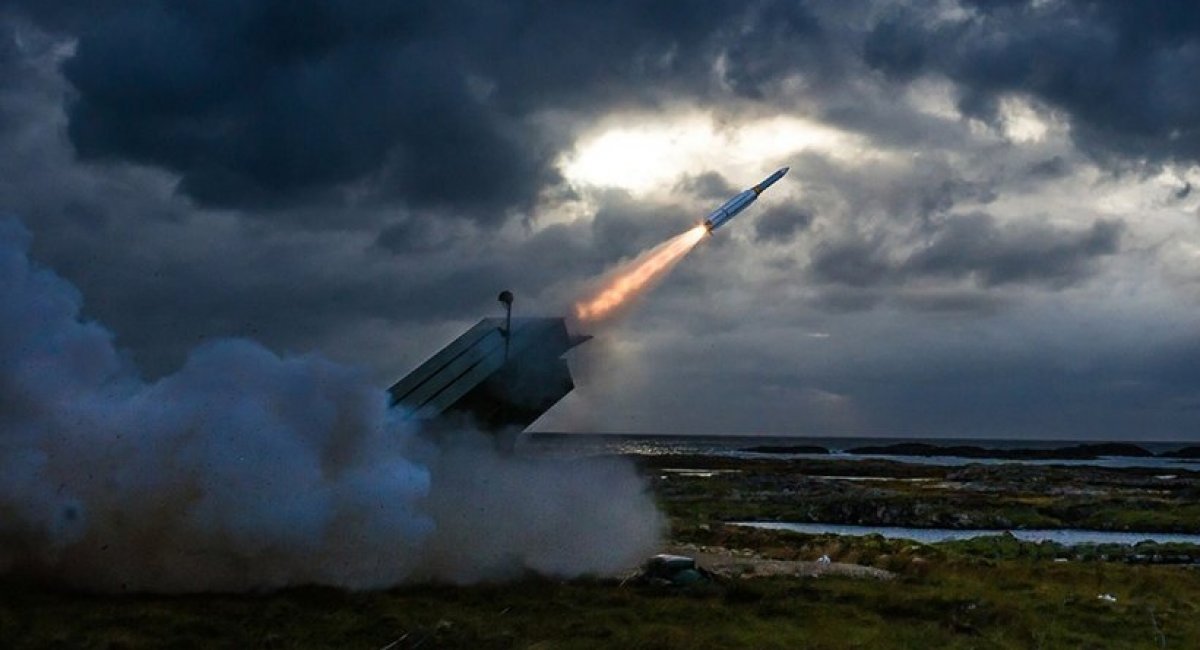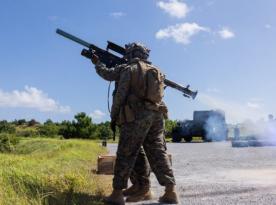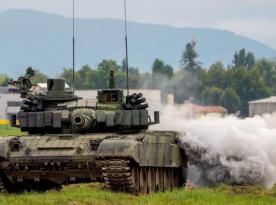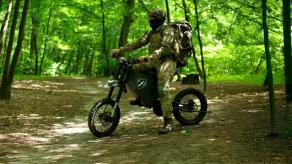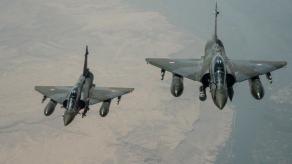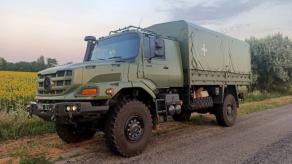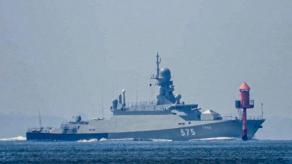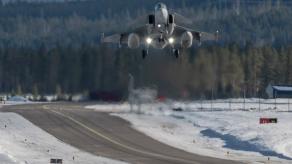Soon after the conclusion of the so-called "Ramstein-5" conference of the Ukraine Defense Contact Group, Ukraine’s defense minister Reznikov reported on its results.
This meeting of defense ministers from more than 50 countries at the Ramstein Air Base in Germany to discuss the current progress of military supplies to Ukraine took place on September 8, and its agenda was the long-term steady assistance to Ukraine in its battle against the russian federation.
Read more: Ukraine’s Air Force States Unique Air Defense System Is Created in Ukraine
"At our first meeting in April, those words were 'timing' and 'transition'. Back then, we were convincing the partners to equip our army with heavy Western machinery as soon as possible and start the transition to Western weaponry in general. <...> the key words this time were 'sustain', 'long-term', 'training'," noted minister Reznikov.
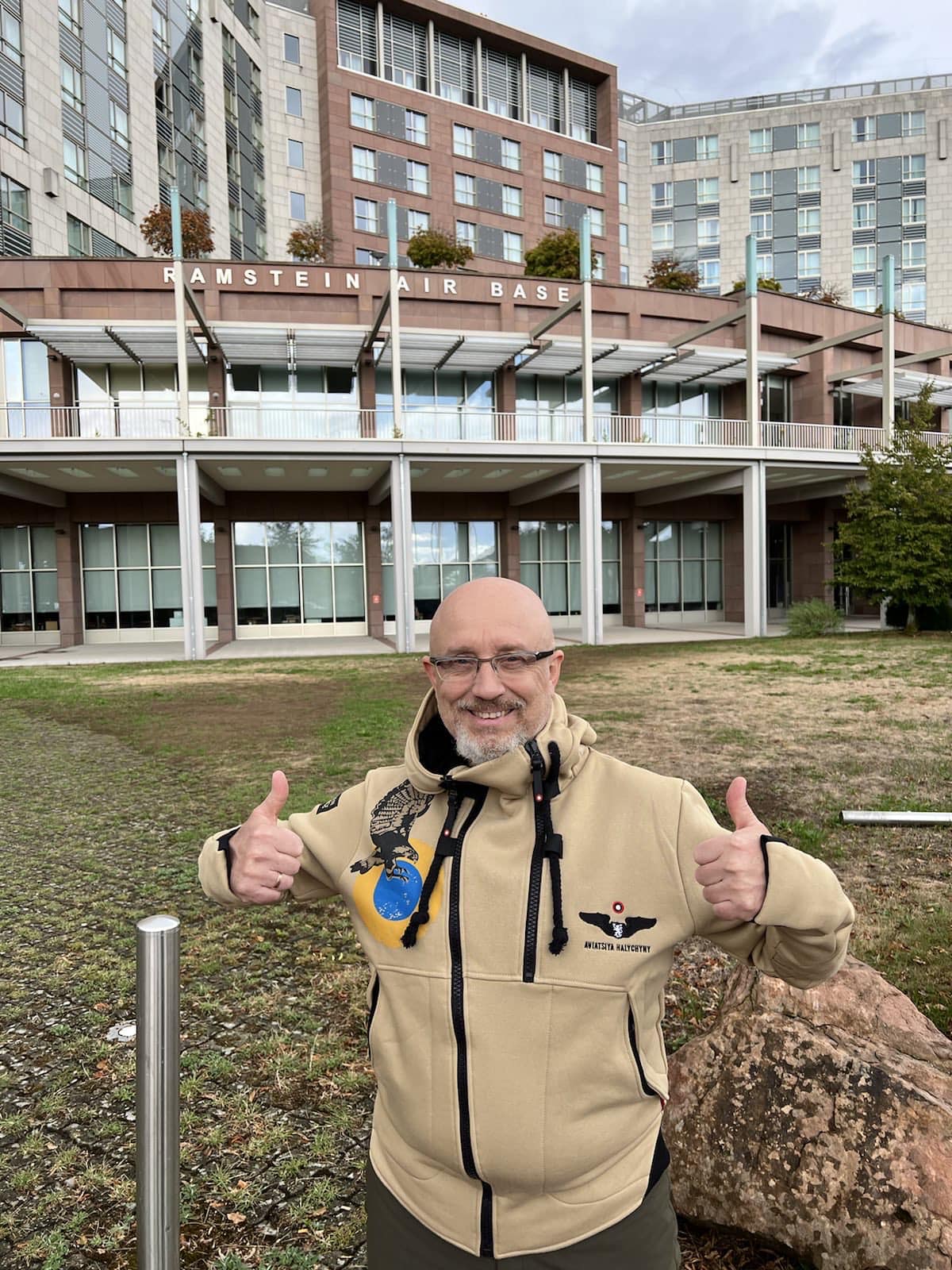
He pointed out three priorities set at the conference:
- repair and maintenance of already supplied weapons and equipment – spare parts, a repair base and necessary specialists;
- building up industrial capabilities needed to keep up with the demand:
- "countries of the free world did not prepare for a full-scale war on the continent reminiscent of the Second World War. Due to this, the resources of operational assistance which can be provided by our partners at the expense of reserves are limited," Reznikov explained;
- full military victory over russia.
In order with the objectives set, the following course of action was agreed. First, to activate the work of the defense industry. As Reznokov noted, the Copenhagen Conference helped to coordinate to efforts of Northern European countries, and the issue of investments in the military industry will soon be considered at a separate NATO session.
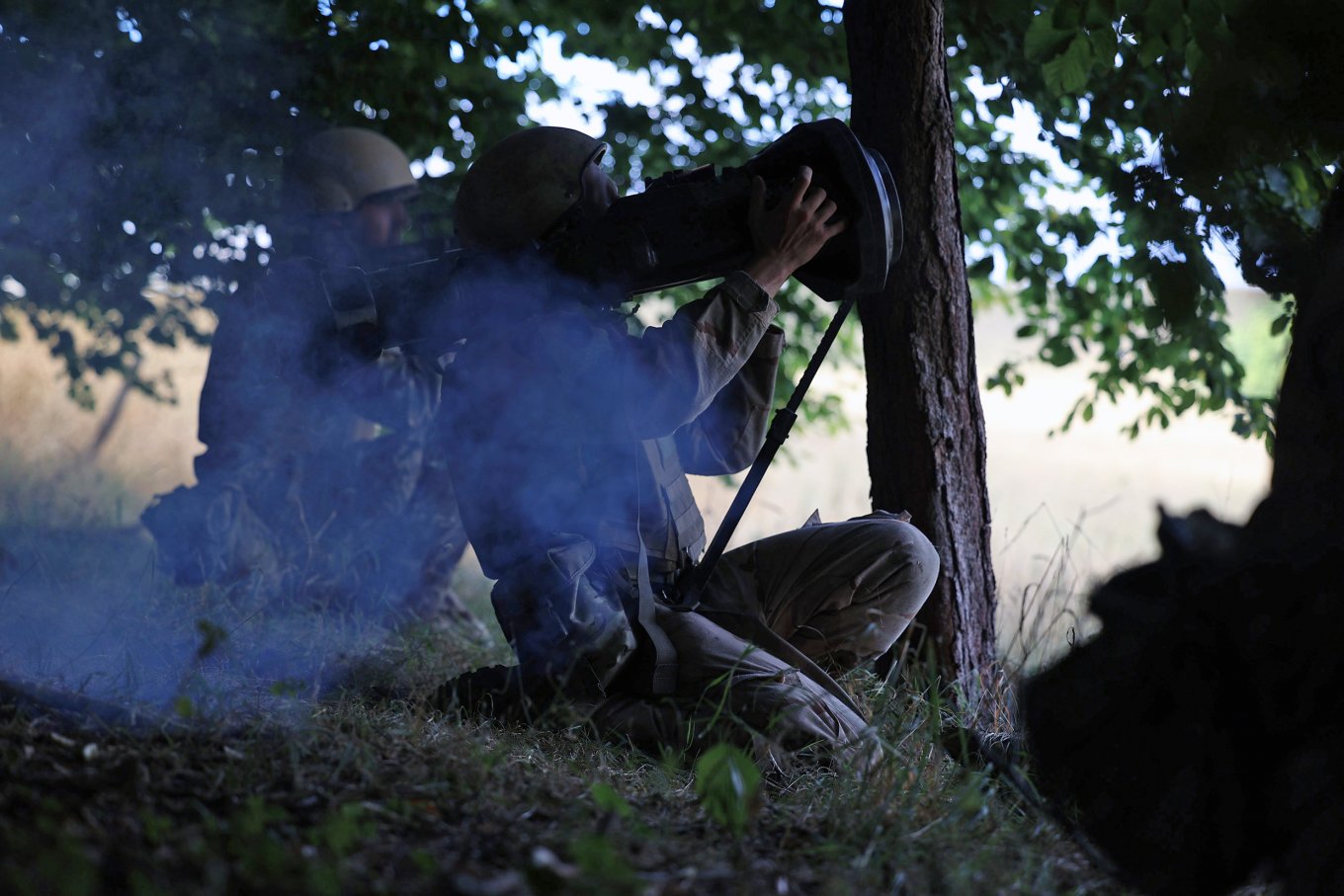
Next, the training of Ukrainian soldiers. He said, the currently ongoing program initiated by the United Kingdom is already an effective way to strengthen Ukrainian Army in the face of russian inexperienced mobilized soldiers.
"Just imagine: 30,000 soldiers will be trained within this program alone. They will return to Ukraine completely ready for battle, with knowledge, gear, individual protection etc. This is the backbone of at least 6 brigades. And there are other programs too."
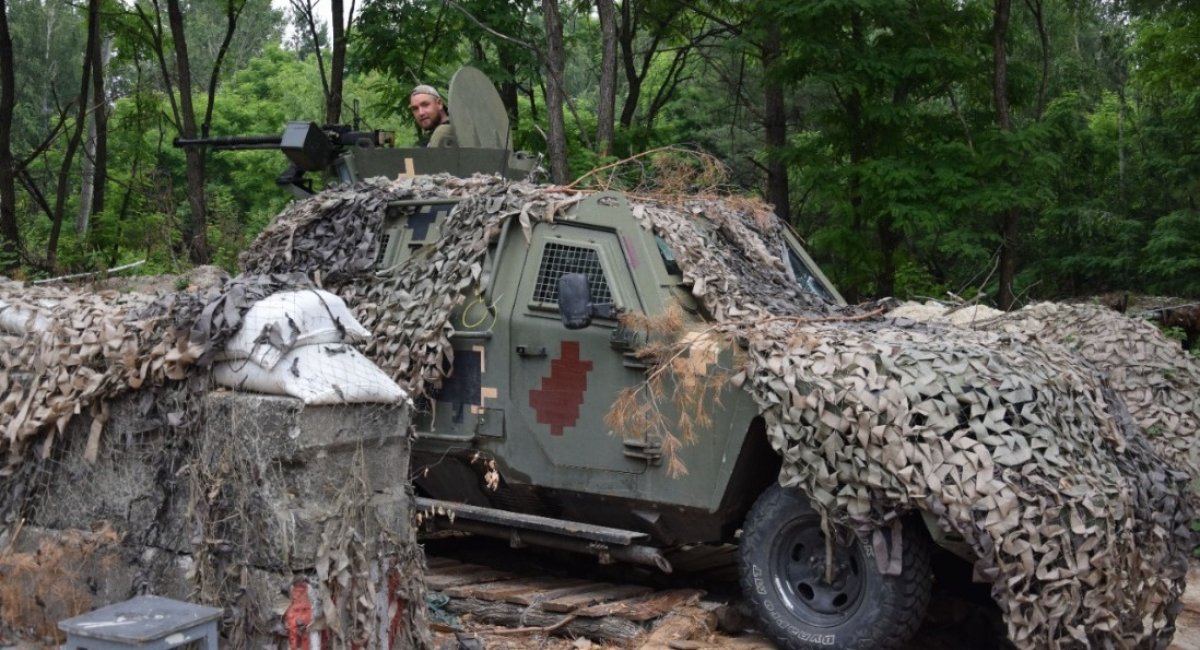
But it doesn’t end here. Another training program is being developed with the support of the EU on a basis of new training centers constructed for this purpose.
"The activation of weapon production and training programs means strengthening the Ukrainian defense forces in the long run. No matter how many unmotivated and poorly armed criminal gangs russia will bring; they will be engaged by Ukrainian troops that are trained and equipped with modern systems."

No less interesting is the statement on the development of the three-tier air defense and anti-missile system in Ukraine. Minister Reznikov purposely avoided giving away any details. However, the basic principle is well-known: such an air defense system seeks to create anti-access area-denial (A2AD) zones of airspace with three "tiers" of protection: long-range surface-to-air missiles covering 400-km range around their positions; medium-range systems augmenting the limited stocks of expensive long-range interceptor missiles and mobile short-range systems to provide additional point-defense for important objects.
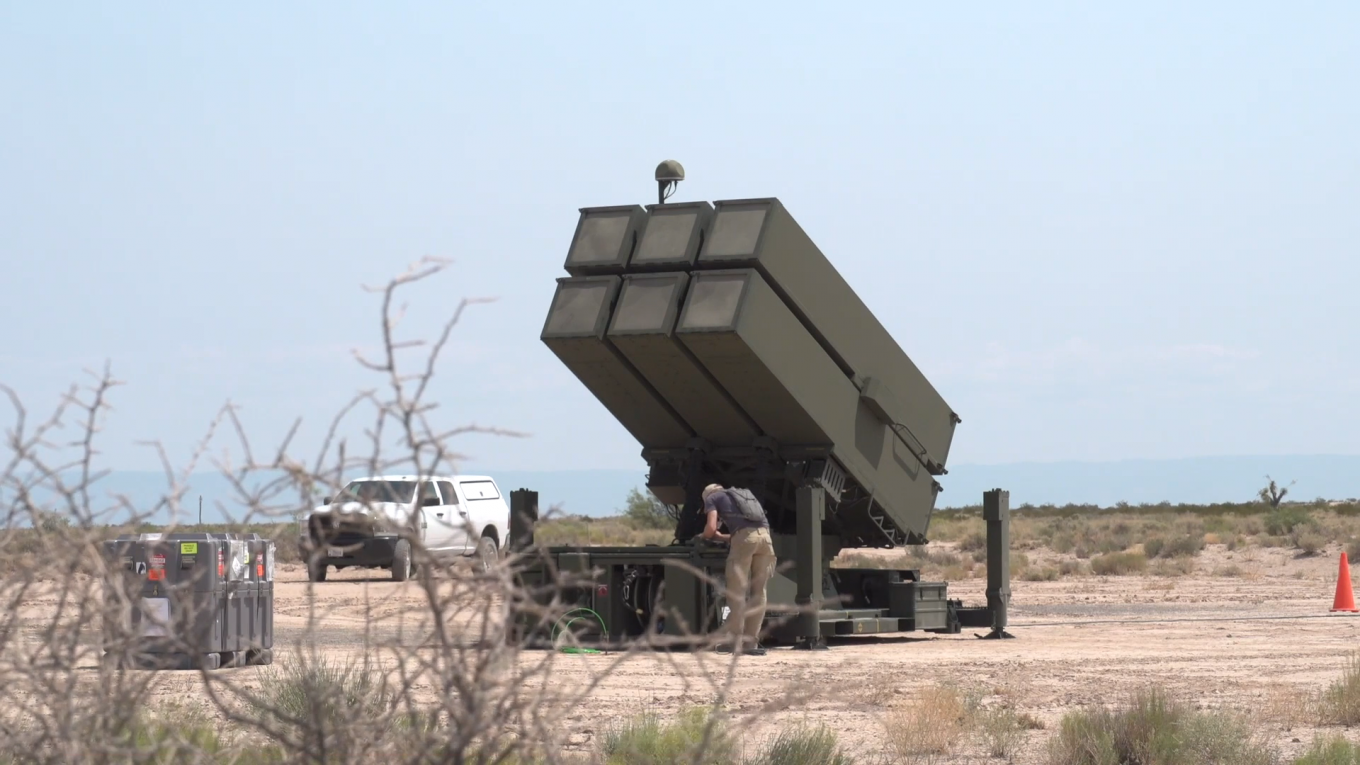
Creation of such a complex air defense was described as one of the 2023 priorities of the Ukrainian military. On the part of Defense Express, we should note that the primary problem is that it requires the mentioned long-range missile systems. Meanwhile, Ukraine is still waiting for the delivery of the first medium-range ones. Such as the American NASAMS which are expected in a few months. Or the German IRIS-T, with a side note: the first one of these should have already been in Ukraine, according to some German officials, however there are still none; the others are expected no earlier than in 2023.
Read more: Ukrainian Army Deploys Echeloned Air Defense System to Protect Kyiv




